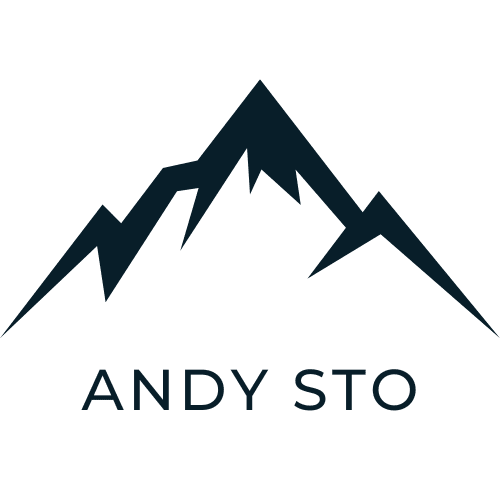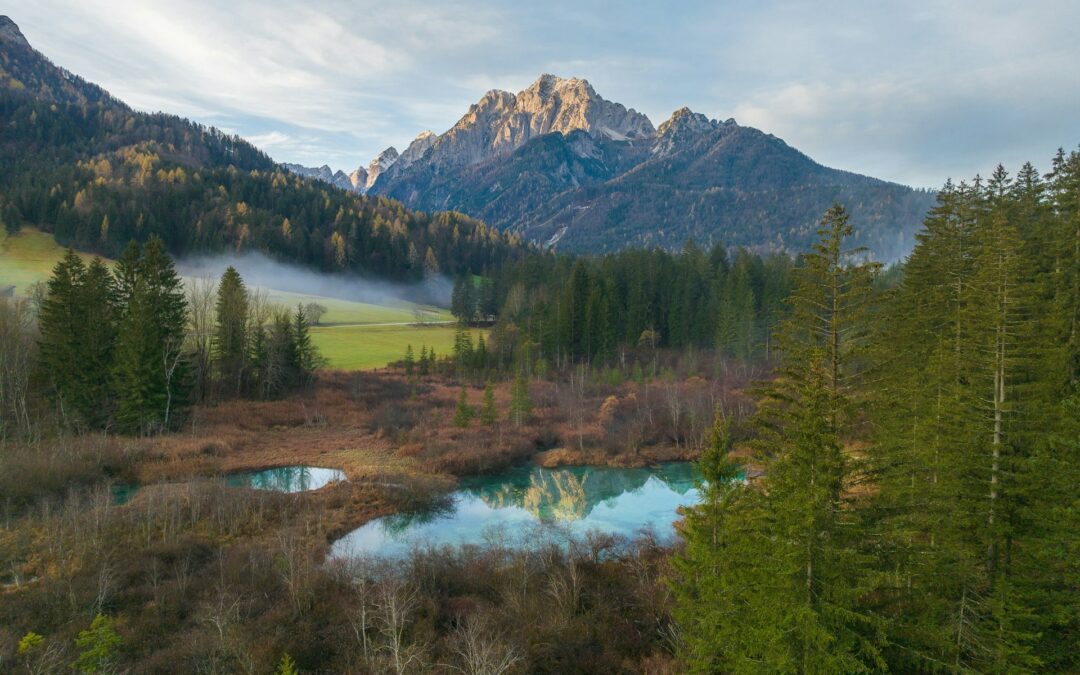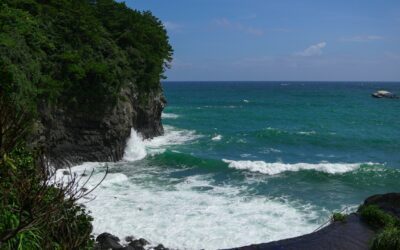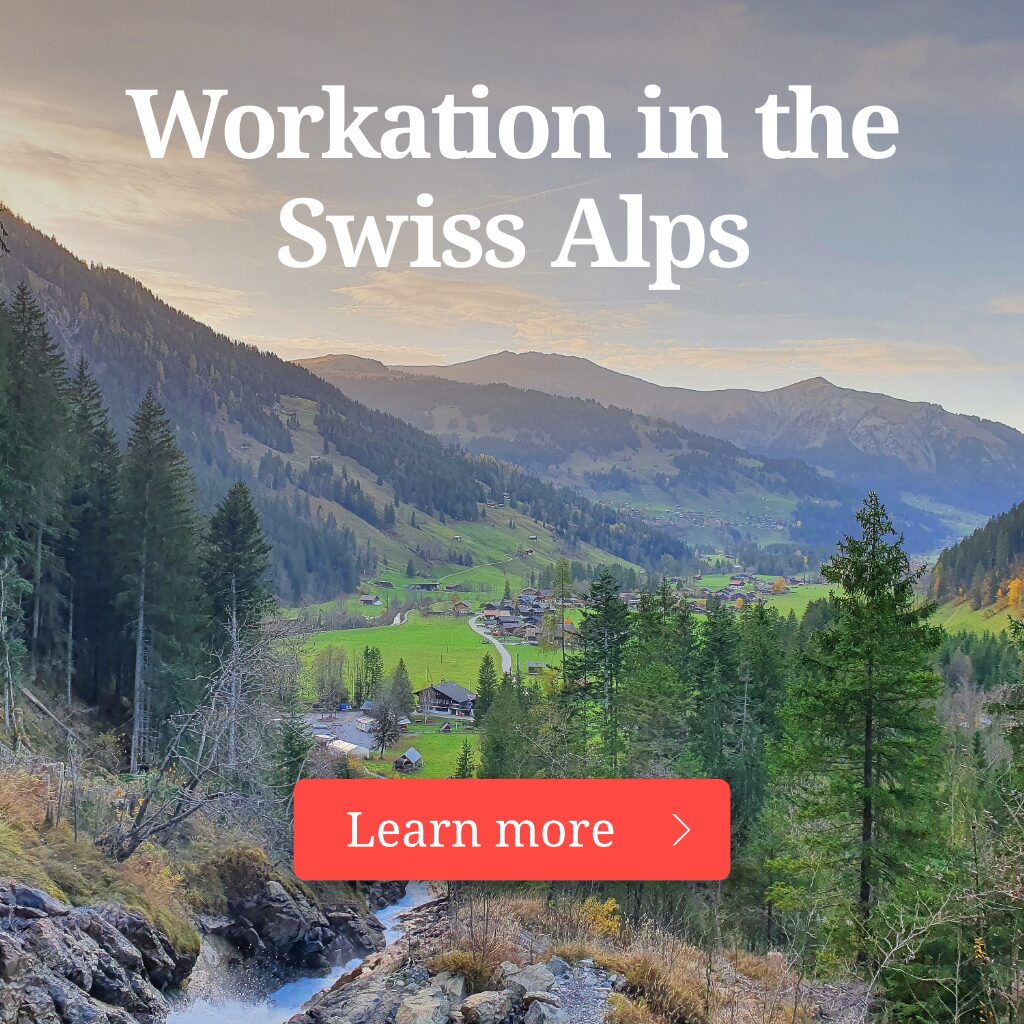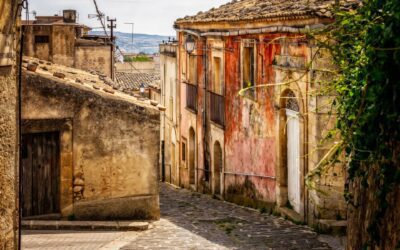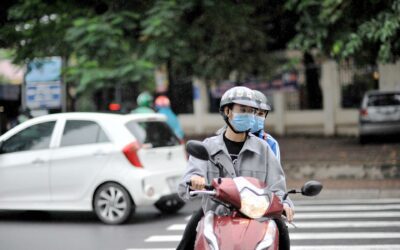|
|
Slovenia is the latest EU and Schengen country to launch a digital nomad visa, which will be available from November 21, 2025. Read on for everything we know about the visa so far and insight into how to make the most of a year in Slovenia as a digital nomad.
What Do We Know About the Slovenia Digital Nomad Visa?
The Slovenia digital nomad visa will allow remote workers to live and work remotely in the country for a year. The standard terms and conditions apply, in that you can work remotely for foreign companies as an employee or freelancer, but you can’t work locally. You can bring family members with you, but they are also unable to work in Slovenia.
The visa is granted for one year and is not renewable, but you can reapply for the same visa as long as you have spent six months outside of Slovenia before reapplying.
Details about how to apply are yet to be released, but applications will probably need to be made at a consulate or embassy in the same way as a long-term visa. Costs are also likely to be similar, around US$100 for the visa applications and another US$130 fee to register your biometrics and get a residence permit once in Slovenia.
Required documents are likely to include:
- A passport with at least three months of validity beyond the end of your proposed stay in Slovenia
- Completed application form
- A recent passport-size photograph
- Travel medical insurance for the period of the validity of the visa with a minimum coverage of 30,000 EUR
- Evidence of employment and income
Information about the required income has not yet been shared. But the minimum wage in Slovenia is currently 1,1277 EUR per month, and the average salary is 2,496 EUR per month. This suggests that the minimum income is likely to be set around 3,000 EUR per month.
Hubs Travel Workation in the Slovenian Alps
This new digital nomad visa is very good news for anyone considering joining a Hubs Travel Workation in the Slovenian Alps. Part of the Hubs Travel network, the property in Bovec offers organized workations that bring together remote workers in a stunning environment. Networking and engagement opportunities combine with the opportunity to become part of the local community for a few months, all at a highly discounted rate. The next workation will take place between 5 January and 15 April 2026. Choose how long you stay with rates starting from 600 EUR per month.
Tucked away in the Julian Alps, Bivec is the perfect destination for a winter workation as you enjoy the snow-covered landscapes and nearby ski resorts. The town’s modern infrastructure includes reliable internet, comfortable accommodations, and well-equipped cafes that make remote work seamless.
But what else can you expect from a year in Slovenia as a digital nomad?
What is Slovenia Known For?
Slovenia is one of the lesser-known European countries despite being located right in the center of Europe. This is because Slovenia only declared independence from Yugoslavia in 1991, having previously been part of the Byzantine Empire Carolingian Empire, and the Habsburg Empire, among others.
With a population of around two million people, the country’s 20,273 square kilometers is mostly mountains and forests, offering beautiful and untouched landscapes. It is also a fertile region for grapes and is known for its organic wine production, difficult to find outside the country. They also follow a farm-to-table philosophy when it comes to food. Slovenia is also one of the greenest and most sustainable countries in Europe. It is also cryptocurrency-friendly.
Part of the EU and the Schengen Zone, the currency is the Euro, and you can expect to hear Slovenian, Hungarian, Italian, and a little English in the streets.
Where to Stay in Slovenia
Slovenia sits at the center of Europe, sandwiched between Italy, Austria, Hungary, and Croatia, with a tiny Adriatic coastline. That means you can expect the summer heat of the Adriatic, the excellent wine that the region is known for, and also snow-covered slopes in the winter, ideal for skiing. Here are some of the best places to stay or visit in Slovenia as a digital nomad.
- Ljubljana: If you want the kind of cosmopolitan lifestyle you expect from European cities, Ljubljana is your only choice. It is a small city of fewer than 300,000 people, but inner city neighborhoods like Trnovo and Krakovo have modern apartments, a vibrant coffee shop culture, and a variety of coworking spaces to choose from, including ABC Hub, Kreativni Center Poligon, and Impact Hub. The center is car-free with plenty of lush green spaces. You can expect a decent nightlife with cozy pubs, chic wine bars, and lively clubs.
- Lake Bled: Ideal for those seeking stunning natural beauty, with properties offering views of the lake and surrounding mountains. Offers a serene lifestyle with opportunities for lakeside strolls and romantic dinners.
- Piran: A charming coastal town on Slovenia’s short Adriatic coastline, providing options from small apartments to larger villas in its old town.
- Kranjska Gora: Perfect for winter sports enthusiasts, featuring cozy chalets and homes with mountain views.
- Soča Valley: Great for outdoor enthusiasts, offering charming country homes and rustic cottages.
- Portoroz: A good all-rounder, especially if you prefer a relaxing place close to the Croatian border and Italy. Note that it can be quiet in winter.
Slovenia is also ideally located for making short trips to neighboring Italy, Austria, Croatia, and Hungary. On a Slovenian digital nomad visa, you can visit neighboring countries for up to 90 days in any 180-day period.
Cost of Living in Slovenia
Most digital nomads estimate that you need about US$2,000 per month to live comfortably in Slovenia.
Rents start from around US$600 per month, but you can expect to pay up to US$1,000 per month for a place in the middle of Ljubljana. You can expect to pay more, US$1,500-$2,500 per month, if you choose to go the AirBnB route rather than renting through the local market.
Estimates suggest that a single person might spend US$100-175 per month on groceries. You can expect to pay less than US$1 for a litre of milk and less than US$2.50 for a dozen eggs. Eating out is also affordable. Expect to pay US$2 for a local beer and less than US$10 for a pizza.
Pros and Cons of Living in Slovenia
There are a variety of pros and cons to balance when choosing if Slovenia is the right destination for you to spend 12 months.
Pros:
- High Quality of Life: Exceptional quality of life with good feed, access to nature, low crime rates, and just a slower pace of life.
- Connectivity: Excellent internet services (averaging 121 Mbps) and abundant Wi-Fi cafes.
- Affordability: Relatively low cost of living compared to Western Europe.
- Location: Central European location, ideal for exploring neighboring countries.
- Nature: Abundant natural beauty on your doorstep, clean environment, and high-quality drinking water.
- Community: Welcoming to foreigners with a growing digital nomad community.
Cons:
- Language Barrier: Slovenian can be a difficult language, though English is widely spoken by younger people and in tourist hubs.
- Limited City Options: Ljubljana is the primary urban experience, with fewer large cities to choose from.
- Climate: Continental climate means cold, snowy winters and hot summers, so you need to be prepared for everything!
Traveling to Ljubljana
Slovenia is more than ready to open its doors to an increasing number of digital nomads. The Slovenian community is generally welcoming to foreigners, and you might experience locals inviting new arrivals for traditional meals and assisting with local bureaucracy.
Expect a slower, more relaxed pace of work and life compared to faster-paced environments. This can be beneficial for work-life balance but might require adjustment for some.
Keep your eyes peeled for more information about the Slovenian digital nomad visa!
